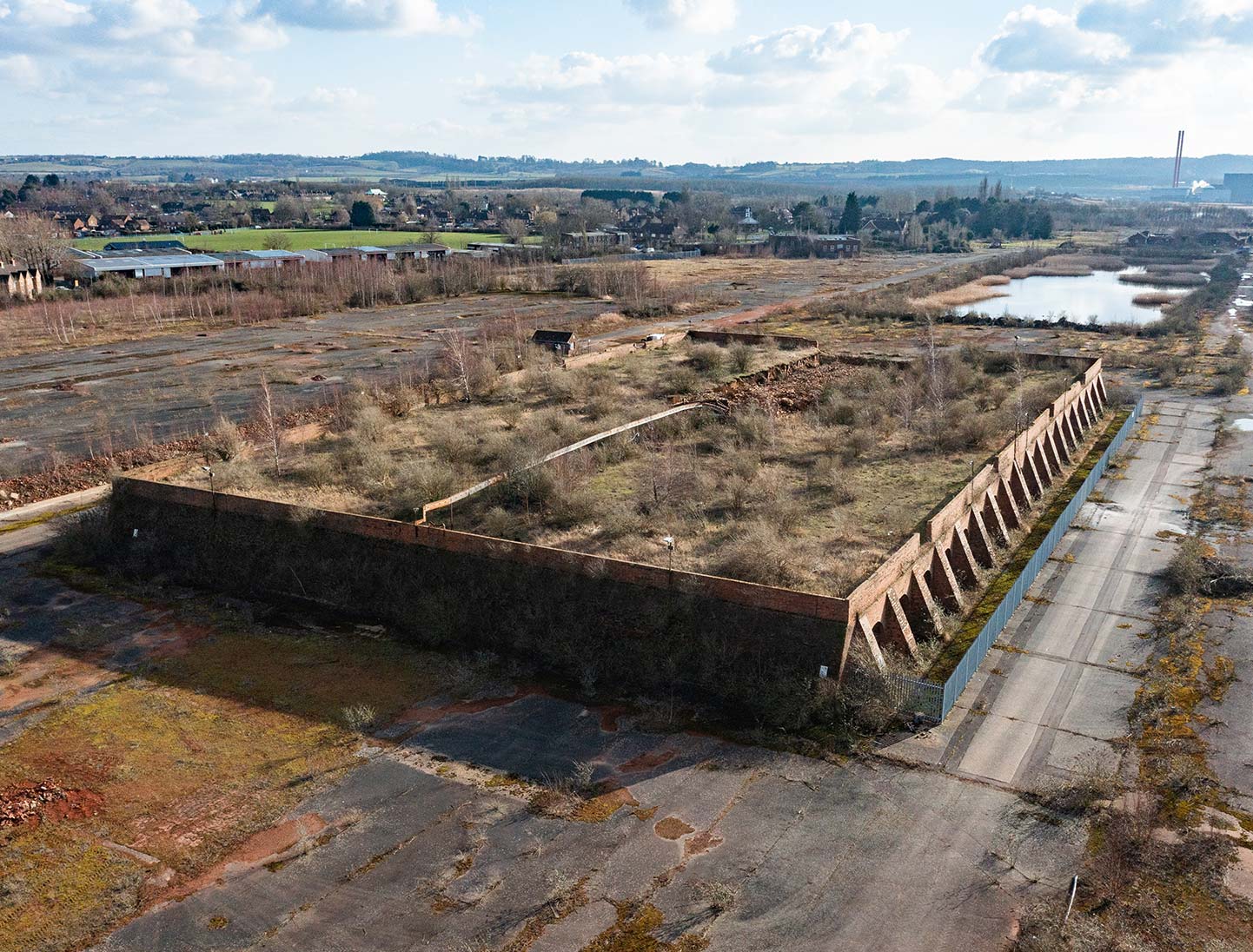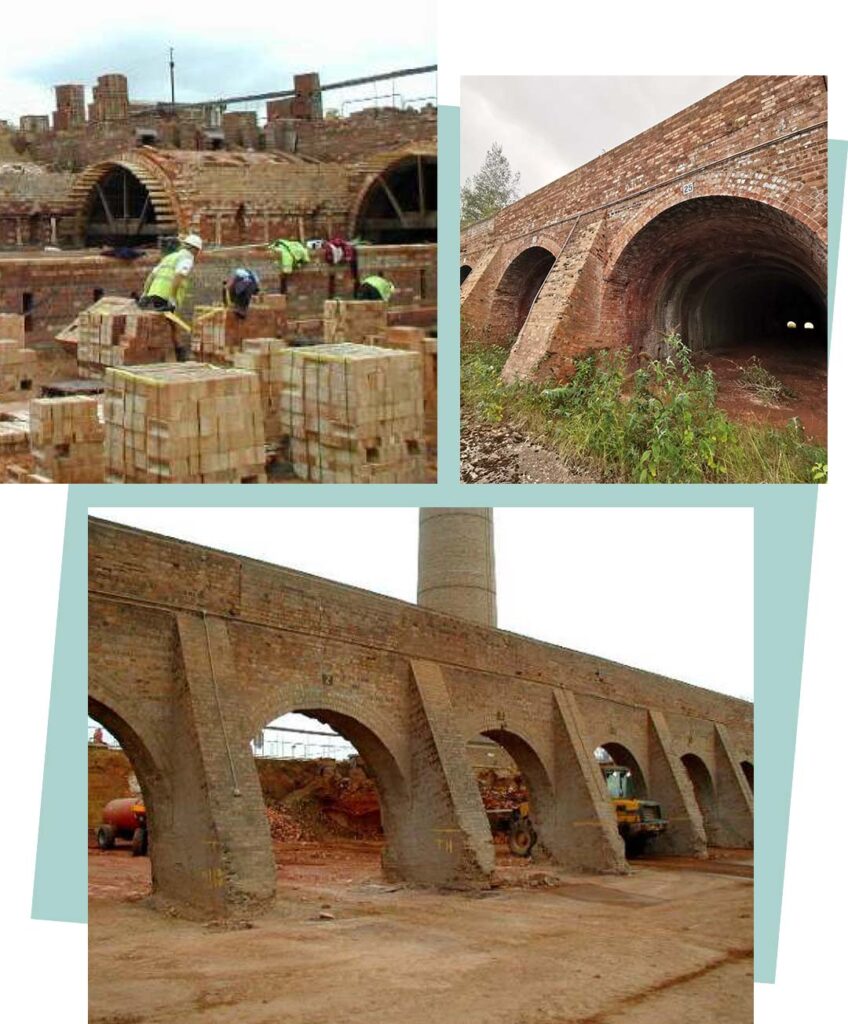Celebrating Stewartby’s history
Looking back on Stewartby’s Heritage
Formerly home to the iconic Stewartby Brickworks, this site was once at the heart of a bustling community of workers. Today we want to reflect the area’s rich history by creating a new community– one that celebrates Stewartby’s past while working together to shape its future.
The Brickworks closed in 2008 after over 100 years of brickmaking, something Stewartby can be proud of. Today we want to create a place that is more than just bricks and mortar and again be a place Stewartby can be proud of.
Stewartby was recognised as being officially the largest Brickworks in the world, employing over 2000 people and manufacturing 500 million bricks each year.

Heritage strategy
The heritage strategy is a key part of the proposals
Our heritage strategy is an important part of our plans; it helps us respect the site’s history and ensure its story is remembered for future generations. We are carefully designing how we share the site’s heritage, making it a key part of the overall development. This approach is based on agreements made as part of the 2018 planning application. Heritage will be celebrated throughout the design, this will include:
- The Brickworks operation
A statement art piece chimney. - The Brickworks
Much of the design, including public realm, materiality and signage, will reference the Brickworks. - Education
Information boards about how the site operated, how the kilns worked and the impact of the brickwork site on the world, will be weaved in as part of the landscaping to educate the community. - Trail park
A ‘chim-trail’ park to celebrate the iconic nature of the chimney in the landscape, it will be a trail of play spaces and art, with natural play reflecting the brickworks and chimneys, bringing that time back to life. - Historical feature
Celebrating the history of workers’ rights, with a key feature on the western part of the site.

Historical timeline
Proudly Stewartby
1897: Brickmaking begins in Stewartby
Originally two Wootton farming settlements, Wootton Pillinge and neighbouring Wootton Broadmead, the Wootton Pillinge LBC village was in 1936 renamed Stewartby, taking its new name from the Stewart family, directors of London Brick Company since 1900.
1901
Wootton Pillinge Brick Company founded.
1926
Proposed plans for a Garden Village called Stewartby submitted, which was a model village built in the existing Hamlet of Wootton Pillinge. Designed by Mr F.W. Walker, the architect for the Company.
1929
Stewartby Memorial Hall was built in 1929, The memorial hall stands in the centre of Stewartby, the roll of honour consists of four stone plaques set into the inner walls.
1936
Stewartby recognised as the largest brickworks in the world employing 2,000 people to produce 500 million bricks a year.
1951
New estate built for brick workers.
1970
The Pillinge clay pit is transformed into a lake as part of the Marston Vale country park.
2003
Large parts of Stewartby Village designated as a Conservation Area.
2008
Brickworks close after over 100 years of brickmaking in the area.

